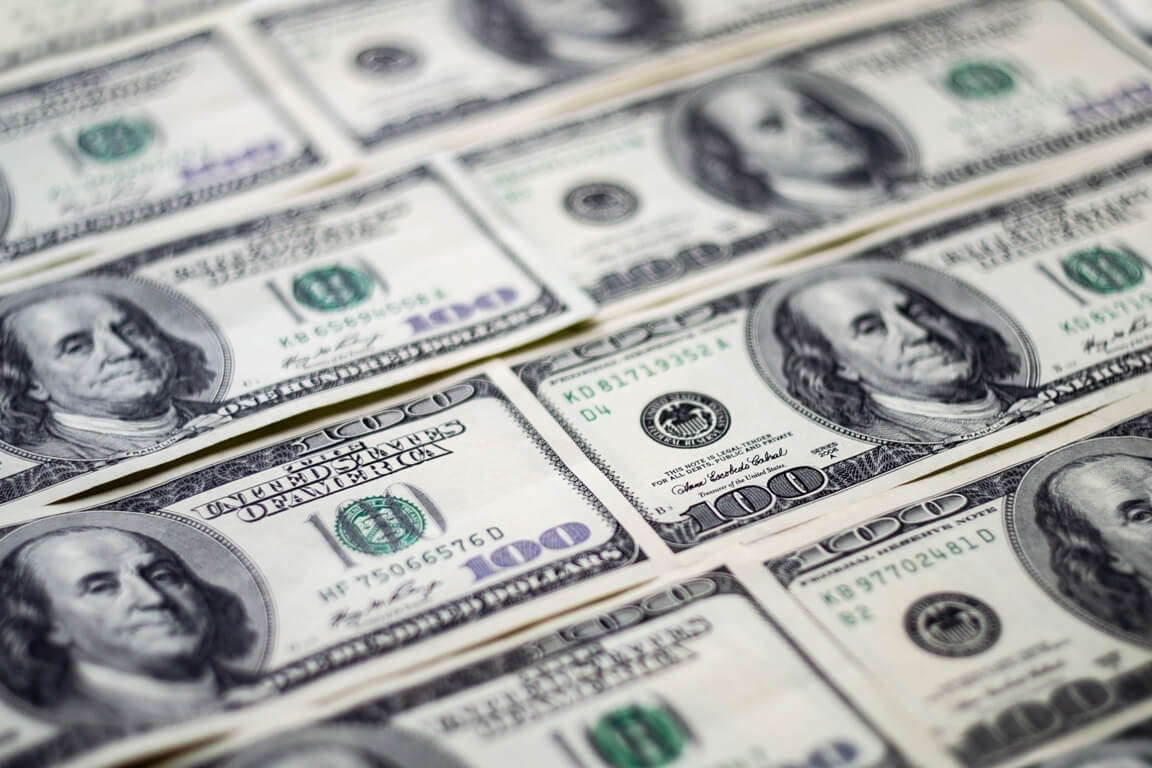
Securing the Best Dollar Rate Amidst Economic Uncertainties
In the ever-fluctuating world of currency markets, searching for the best dollar rate has become increasingly vital. Recent market trends, influenced by macro data and signals from the Federal Reserve, highlight the dollar’s resilience amid economic uncertainties. Traders closely monitor indicators, including the risk-sensitive Australian and New Zealand dollars, to gauge the Federal Reserve’s stance on interest rates. Let’s delve into the dynamics of the market and strategies for securing the best US dollar rate.
The Dollar’s Rollercoaster: Analyzing Recent Trends
Over the past few days, the dollar experienced a rollercoaster ride, witnessing sharp declines and subsequent rebounds. This volatility, triggered by incoming economic data, reflects the market’s interpretation of the Federal Reserve’s potential actions regarding interest rates. The dollar’s current standing at $1.08395 per euro and $1.2395 against sterling demonstrates its resilience, having rebounded from its steepest declines in a year. Measuring its value against major rivals, the dollar index added 0.14% to 104.47, signalling a recovery after a notable 1.51% plunge.
Factors Influencing Dollar Rates: Retail Sales and Inflation Trends
A combination of economic factors often influences the best dollar rate. Recently, the dollar found support in better-than-expected retail sales numbers and signs of inflation cooling. This dynamic has contributed to the narrative of an economic ‘soft landing,’ potentially postponing the Federal Reserve’s decision to cut interest rates. James Kniveton, senior corporate FX dealer at Convera, highlights that while inflation is decreasing, the economy remains robust. This scenario may even allow the Fed to consider rate increases. However, current sentiments among Fed officials do not lean towards such a move.

Market Sentiments and Future Rate Expectations
Traders are navigating the uncertainty surrounding future interest rate decisions. Despite the prevailing belief that rates will not increase, odds for a first reduction by March have been trimmed to less than 1-in-4. The CME Group’s FedWatch Tool indicates this shift, showcasing the delicate balance the market is trying to maintain. Ben Bennett, APAC investment strategist for Legal and General Investment Management, emphasises the narrow path to a soft landing. As the market awaits more data in the coming weeks, the possibility of a Fed hike or a shift towards a recession remains uncertain, adding complexity to the pursuit of the best dollar rate.
Regional Currencies and Their Impact on Dollar Rates
Examining regional currencies provides valuable insights into the dollar’s performance. The Australian and New Zealand dollars, often considered risk-sensitive, experienced declines amidst regional equity fluctuations. Despite a 0.45% slide in the Aussie and a 0.62% decline in the New Zealand dollar, their movements were not solely determined by local economic factors. Traders are scrutinising employment data and jobless rates, as seen in Australia’s recent rebound in employment, which failed to support its currency due to the prevalence of part-time labour gains.
Navigating the Future of Dollar Rates
As currency markets remain influenced by global economic dynamics, securing the best dollar rate requires a nuanced understanding of market trends and indicators. The recent resilience of the dollar, coupled with uncertainties surrounding future Fed actions, adds complexity to this pursuit. Staying informed is key, whether it’s analysing retail sales, inflation trends, or regional currency movements. As we navigate these economic uncertainties, the quest for the best US dollar rate persists, echoing the importance of adaptability and strategic decision-making in the ever-evolving world of currency trading.




